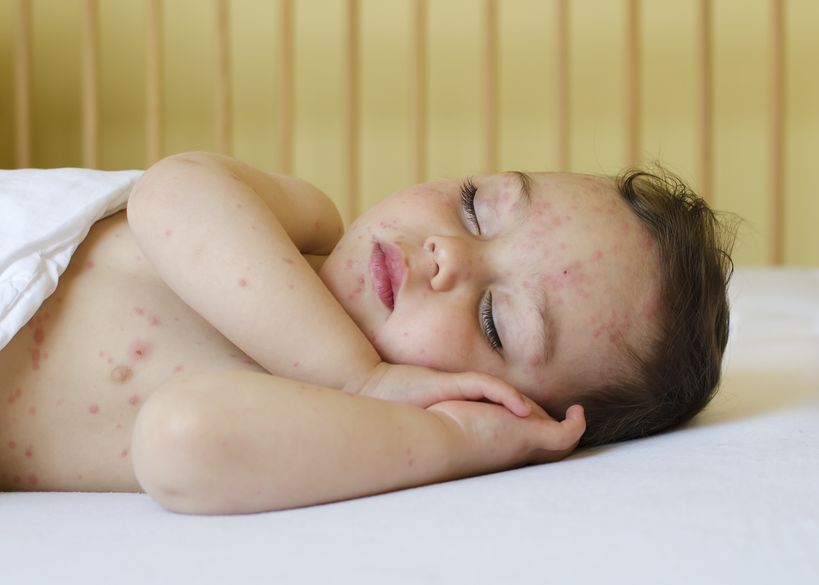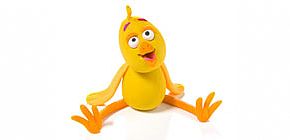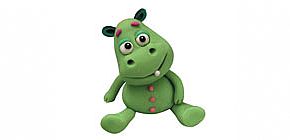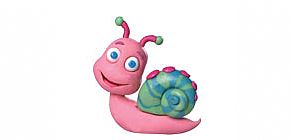German Measles - How to Relieve its Symptoms
 |
|
German Measles is a common viral illness among infants and children, particularly during this time of year. And while it is not a serious illness and it does pass on its own, it can become a source of concern when afflicting our little ones. What are the symptoms of German Measles and how can you relieve them? Everything you need to know, right here.
German Measles is a common and minor viral illness among infants and children under the age of three. It appears during transitional seasons and hails from the HHB-6 virus, a member of the Herpes family that only causes fevers and rashes.
German Measles is contagious and can be contracted following contact with the saliva or mucus of a person who carries the virus. Despite the fact that most children will contract the virus before the age of 5, only ⅓ of them will develop all of the illness’ symptoms.
German Measles symptoms
- High fever - A sudden and unexplained rise in infants’ body temperature to between 39.5 and 40 degrees. The fever will generally persist for 1-5 days, before suddenly breaking.
- Rash - As the fever breaks, a noticeable, but not itchy rash will sometimes gradually appear. The rash will start off developing in the center of the body - in the area of the stomach and chest, and will spread to the arms, legs, neck and face.
- Throat redness and sensitivity - A slight throat ache can develop, together with difficulty swallowing and swollen lymph nodes.
- Restlessness and irritation - As with any other fever and rash illness, even one that does not cause the child to itch, your child will likely feel uncomfortable, restless and without a regular appetite.
How to relieve the symptoms of German Measles
The treatment of German Measles focuses on relieving the illness’ symptoms and improving the child’s comfort levels:
-
Hydration - High fevers cause significant loss of fluids and increases the risk of dehydration. Make sure to give your child lots to drink - regardless of what type of drink it is, so long as they drink it all.
-
Baths to help reduce fever and relieve rash irritation - Long, warm baths help calm all of this illness’ symptoms. Spending time in the bath helps regulate the body’s temperature and reduce the fever, relieves the physical discomfort related to the rash and calms any associated irritation. In the case of a high fever, it is extremely important to keep the bath water warm to lukewarm, to prevent extreme temperature differences that can impede the body temperature regulation process. To create a particularly relaxing bath experience, you can steep 3 lavenderleaves and 3 chamomile leaves in a cup of boiling water, then add to the bath.
-
Ventilation of the child’s body and surroundings - Another way to relieve fever, rashes and restless is ventilation. Weather permitting, leave a window open so that fresh air can circulate, and remove blankets and layers from your child’s body. The sense of physica levity and cool air will help banish the fever and relieve the discomfort.
-
Fever-reducing medications - Administer a paracetamol-based medication, as it is the only active ingredient approved for safe use in infants from birth AND has been proven effective for fever reducing and pain relieving. Tiptipot Novimol is 4 times as concentrated as other syrup medications, and can therefore be administered in small, highly-effective doses.
When to head to the doctor?
- If your child’s fever climbs above 40 degrees
- If the fever lasts for over a week
- If the rash persists for longer than 3 days
Thermometer showing a high fever and you’re unsure which fever-reducing medication to administer to your child? Before you head to the doctor or buy a ...
Infants and toddlers suffering from seizures (sudden spasms) can be a source of great anxiety, especially if it’s your first time seeing them in this ...
Circumcision, teething, vaccinations, relentless viruses, growing pains and whatnot. From birth, infants cope with pain and sensations that result ...


.jpg)
.jpg)
.jpg)
.jpg)



.jpg)
.jpg)
.jpg)
.jpg)

.jpg)


.jpg)

.jpg)
Contact us